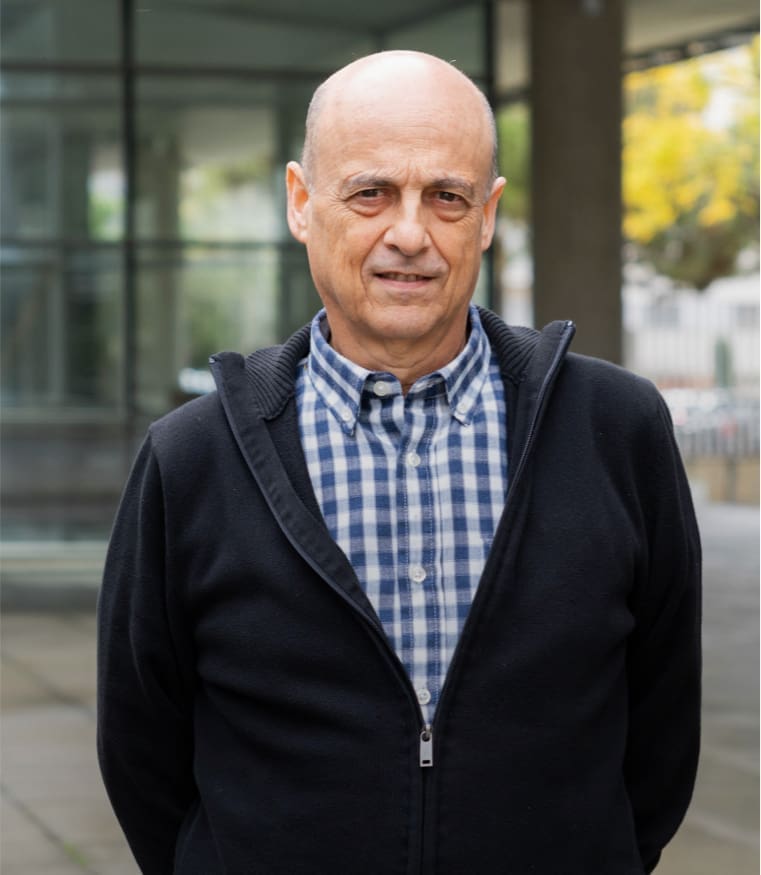Behavior of Ru–bda Water‐Oxidation Catalysts in Low Oxidation States*
The Ru complex [RuII(bda‐κ‐N2O2)(N‐NH2)2] (1; bda2−=2,2′‐bipyridine‐6,6′‐dicarboxylate, N‐NH2=4‐(pyridin‐4‐yl)aniline) was used as a synthetic intermediate to prepare new RuIIand RuIII bda complexes that contain NO+, MeCN, or H2O ligands. In acidic solution complex 1 reacts with an excess of NO+ (generated in situ from sodium nitrite) to form a new Ru complex in which the aryl amine ligand N−NH2 is transformed into a diazonium salt [N‐N2+=4‐(pyridin‐4‐yl)benzenediazonium)] together with the formation of a new Ru(NO) moiety in the equatorial zone, to generate [RuII(bda‐κ‐N2O)(NO)(N‐N2)2]3+ (23+). Here the bda2− ligand binds in a κ‐N2O tridentate manner with a dangling carboxylate group. Similarly, complex 1 can also react with a coordinating solvent, such as MeCN, at room temperature to give [RuII(bda‐κ‐N2O)(MeCN)(N‐NH2)2] (3). In acidic aqueous solutions, a related reaction occurs in which solvent water coordinates to the Ru center to form {[RuII{bda‐κ‐(NO)3}(H2O)(N‐NH3)2](H2O)n}2+ (42+) and is strongly hydrogen‐bonded with additional water molecules in the second coordination sphere. Furthermore, under acidic conditions the aniline ligands are also protonated to form the corresponding anilinium cationic ligands N‐NH3+. Additionally, the one‐electron oxidized complex {[RuIII{bda‐κ‐(NO)3.5}(H2O)(N‐NH3)2](H2O)n}3+ (53+) was characterized, in which the fractional value in the κ notation indicates the presence of an additional contact to the pseudo‐octahedral geometry of the Ru center. The coordination modes of the complexes were studied in the solid state and in solution through single‐crystal XRD, X‐ray absorption spectroscopy, variable‐temperature NMR spectroscopy, and DFT calculations. While κ‐N2O is the main coordination mode for 23+ and 3, an equilibrium that involves isomers with κ‐N2O and κ‐NO2 coordination modes and neighboring hydrogen‐bonded water molecules is observed for 42+ and 53+.

R. Matheu, A. Ghaderian, L. Francàs, P. Chernev, M. Z. Ertem, J. Benet-Buchholz, V. Batista, M. Haumann, C. Gimbert-Suriñach, X. Sala, A. Llobet
Chem. - Eur. J. 2018, 24, (49), 12838-12847
DOI:
org/10.1002/chem.201801236

Let's create a brighter future
Join our team to work with renowned researchers, tackle groundbreaking
projects and contribute to meaningful scientific advancements



















